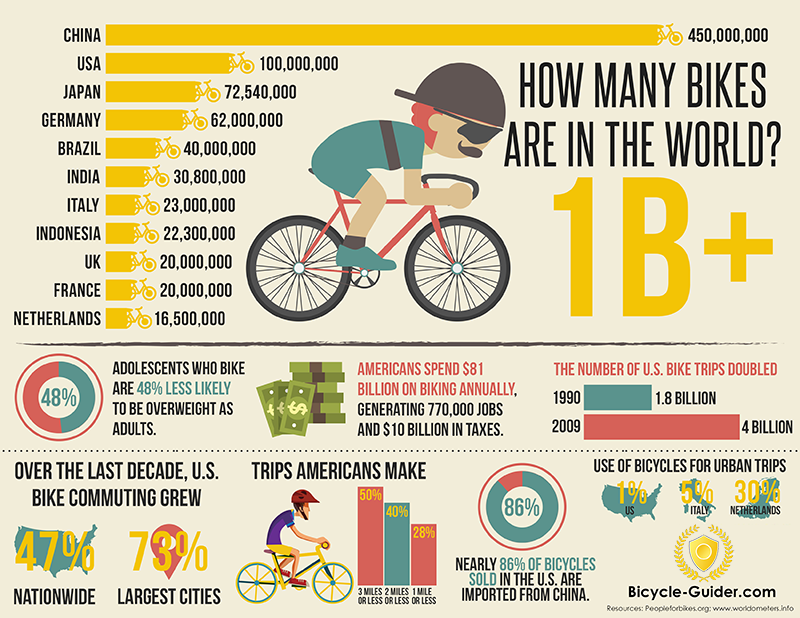A Beginner'S Source On E-Bike Legalities And Rules In Your Area
A Beginner'S Source On E-Bike Legalities And Rules In Your Area
Blog Article
Write-Up Composed By-Munk Chang
Before you get on your e-bike and hit the streets, it's essential to recognize the laws and regulations that control your city. From rate limitations to assigned riding locations, there's a great deal to think about to guarantee you're certified and safe. By familiarizing yourself with the regulations details to e-bikes, you'll be better geared up to appreciate your trips without any unforeseen lawful issues. Stay tuned to find key understandings that will help you navigate the e-bike landscape in your city perfectly.
Comprehending E-Bike Classification
When it concerns browsing the realm of e-bike legislations and guidelines, a vital starting factor is recognizing the classification system that categorizes these electrical bicycles. E-bikes are typically classified right into three main classifications: Course 1, Class 2, and Class 3.
Class 1 e-bikes are pedal-assist just, implying they give support while the rider is pedaling and have a maximum speed of 20 mph. These bikes are allowed in areas where traditional bicycles are allowed.
Course 2 e-bikes are furnished with a throttle that can propel the bike without pedaling. They also have a maximum speed of 20 mph and are suitable for motorcyclists that may need support without pedaling constantly.
Course 3 e-bikes are similar to Class 1 yet with a higher maximum speed of 28 mph. These bikes are commonly restricted from specific bike paths or tracks because of their greater rates.
Understanding these classifications is vital for adhering to neighborhood policies and making sure a risk-free and pleasurable e-biking experience.
Navigating Speed Restrictions and Constraints
To effectively navigate e-bike regulations and guidelines, it's important to comprehend the rate restrictions and limitations that apply to various classes of electrical bicycles.
Speed limitations for e-bikes differ relying on the category of the bike. Course 1 e-bikes, which are pedal-assist only and have a maximum speed of 20 mph, are generally allowed on bike lanes and paths.
Course 2 e-bikes, which have a throttle along with pedal-assist and also reach speeds of approximately 20 mph, might be limited in certain areas where motorized vehicles aren't allowed.
Course 3 e-bikes, with pedal-assist approximately 28 mph, are usually needed to follow the exact same policies as standard bicycles.
It's important to adhere to these rate limits and restrictions to guarantee your security and the security of others when traveling. Before riding check this site out -bike, acquaint on your own with the details regulations in your city to stay clear of any potential penalties or legal issues.
Where to Experience Your E-Bike
To identify where you can ride your e-bike, it's essential to understand the guidelines and guidelines particular to your area. In a lot of areas, e-bikes are normally permitted on roads and streets where traditional bikes are permitted. This may consist of bike lanes, bike paths, and shared highways. Nonetheless, it's important to check local legislations as some cities may have particular limitations on where e-bikes can be ridden.
When riding your e-bike, always focus on security by adhering to website traffic regulations and appreciating pedestrian sidewalks. In visit the site , bear in mind any assigned bike lanes or paths in your location and utilize them whenever feasible to make sure a smoother and safer adventure.
Some cities additionally have regulations pertaining to e-bike usage on walkways, so make sure to acquaint on your own with these regulations to prevent any type of fines or penalties.
Verdict
Since you're familiar with the legislations and policies surrounding e-bikes in your city, you can with confidence hit the trail recognizing where you can ride and what restrictions relate to your e-bike classification. Remember to constantly prioritize security and adhere to the guidelines to guarantee a smooth and legal adventure. Happy riding!
